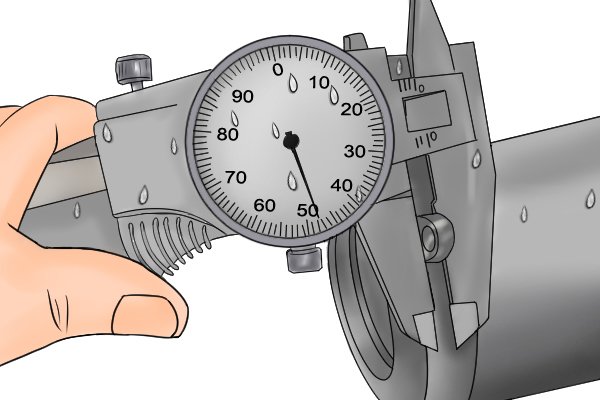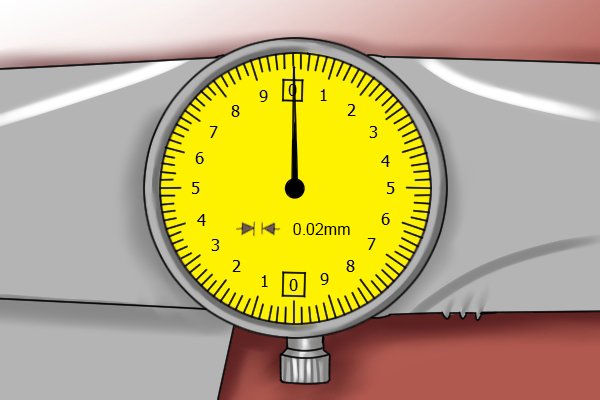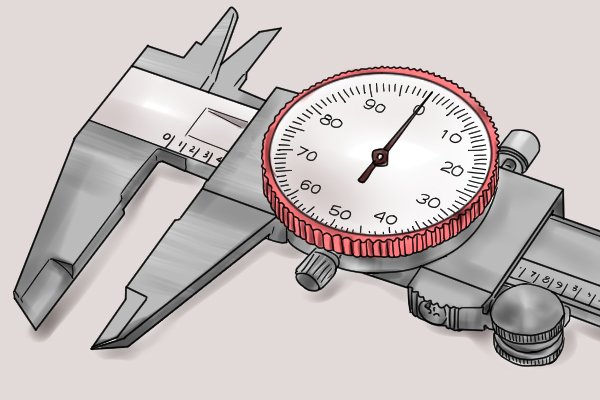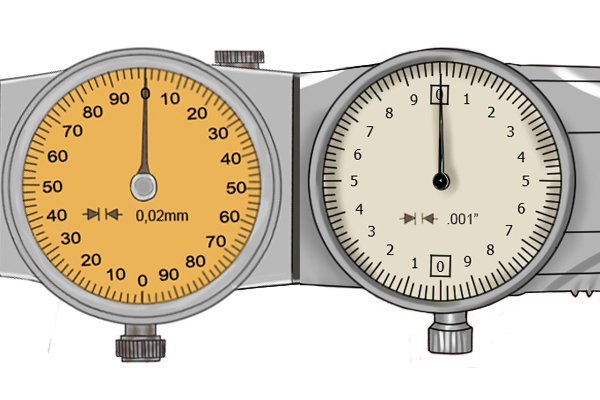What are the advantages and
|
||||
Advantages |
||||
 |
No batteries requiredAs dial calipers use a rack and pinion mechanism, they do not require batteries. This makes them both environmentally and economically friendly. |
|||
 |
Can be used in wet conditionsEven though they are not waterproof, dial calipers work well even when damp. |
|||
 |
Measurements are clearly displayedThe main feature of the dial caliper, the dial, displays measurements very clearly and makes the tool much easier to read than a traditional vernier caliper. |
|||
Disadvantages |
||||
 |
Rack and pinionIf the caliper is dropped, the rack and pinion can become misaligned leading to inaccurate measurements. If this happens, it can be difficult to recalibrate the caliper. |
|||
 |
Measurements are in either millimetres or inchesMost dial calipers provide the user with either imperical or metric readings, not both. Converting readings from one measurement system to another can sometimes lead to errors. |
|||






